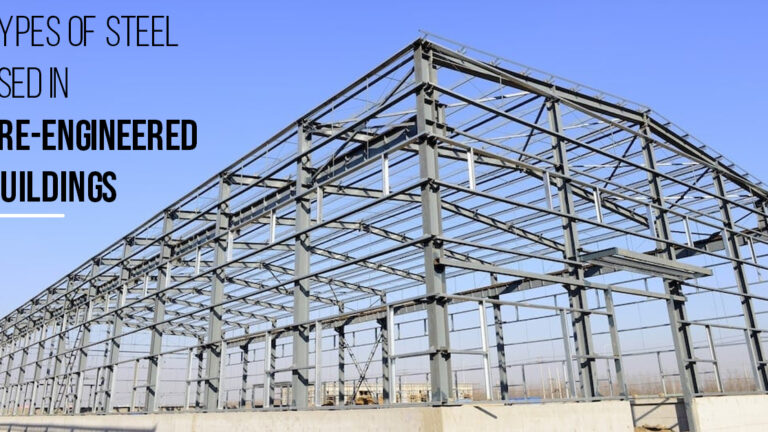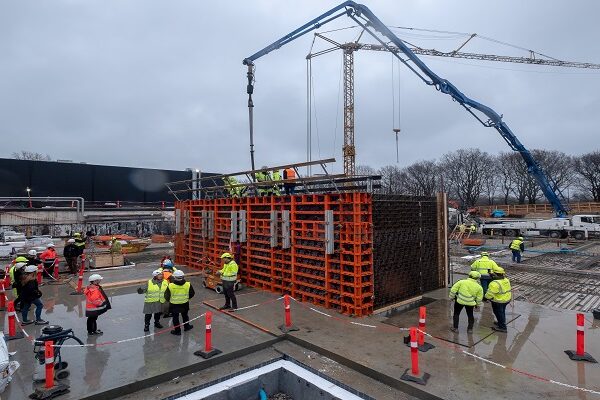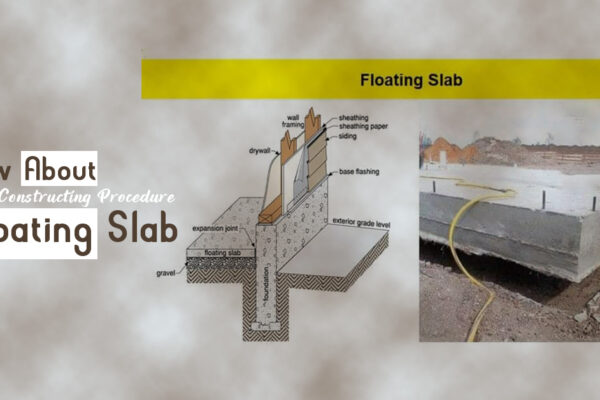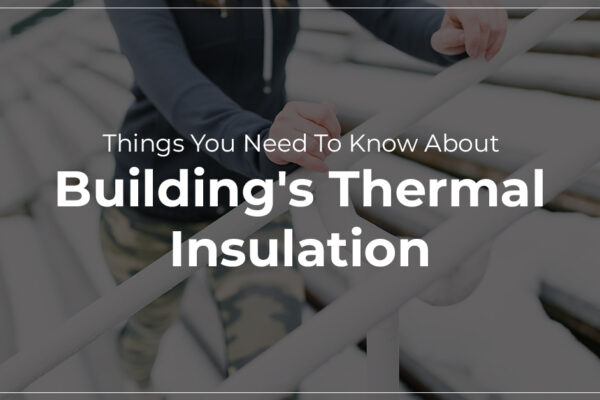Pre-engineered buildings (PEBs) have gained significant popularity to the building contractors in Chennai due to their cost-effectiveness, speed of construction, and design flexibility. Steel is the primary material used in PEB construction due to its excellent structural properties and durability. This blog will explore the various types of steel commonly used in PEB construction, highlighting their unique properties and advantages.
Mild or Carbon Steel (ASTM A36):
Mild or carbon steel, classified under ASTM A36, is one of the most widely used types of steel in PEB construction. It is readily available, affordable, and possesses excellent structural properties. Mild steel offers good tensile strength, high flexibility, and ease of welding, making it suitable for a wide range of applications in PEBs. Its versatility and cost-effectiveness make it a popular choice for columns, beams, and other structural elements.
High-Strength Low-Alloy (HSLA) Steel:
HSLA steel is another commonly used type of steel in PEB construction. It combines the advantages of carbon steel with other alloying elements to provide higher strength and improved corrosion resistance. HSLA steel offers enhanced structural integrity and durability, making it suitable for PEBs in areas prone to harsh weather conditions or corrosive environments. Builders in Velachery suggest it as Its superior strength allows for longer spans and greater design flexibility.
Structural Steel (ASTM A572):
Structural steel, specifically ASTM A572 grade 50, is often utilised in PEBs that require superior strength. This type of steel provides higher yield and tensile strength than mild steel. ASTM A572 steel is well-suited for PEB columns and beams, allowing longer spans and increased load-bearing capacity. It offers excellent mechanical properties, making it a popular choice for PEBs that require enhanced structural strength.
Stainless Steel (Grade 304 and 316):
Stainless steel is employed in PEBs that require exceptional resistance to corrosion, high strength, and aesthetic appeal. Grades 304 and 316 are commonly used stainless steel grades in PEB construction. Best house construction companies in Chennai say that stainless steel offers excellent corrosion resistance, even in aggressive environments, making it suitable for PEBs in food processing and laboratory industries. It provides structural stability and adds an attractive finish to the building.
Weathering Steel (COR-TEN, ASTM A588):
Weathering steel, also known as COR-TEN steel (ASTM A588), is utilised in PEBs that are exposed to outdoor environments. Weathering steel forms a protective rust-like coating when exposed to atmospheric conditions, eliminating the need for painting and providing long-term durability. This type of steel is commonly used in PEB components such as cladding systems, where it adds a distinctive appearance while requiring minimal maintenance.
Galvanised Steel:
Galvanised steel finds application in PEBs where corrosion resistance and longevity are crucial. Top civil engineering companies in Chennai say that Galvanization involves applying a protective zinc coating to the steel surface, forming a barrier against corrosion. Galvanised steel is commonly used in PEB components such as roofing and cladding systems. It provides excellent protection against corrosion, extending the structure’s lifespan and reducing maintenance requirements.
Best building contractors in Chennai says that the PEBs utilise a range of steel types to meet specific requirements in terms of strength, corrosion resistance, and aesthetics. Mild or carbon steel, HSLA steel, structural steel, stainless steel, weathering steel, and galvanised steel are commonly used in PEB construction. The selection of steel depends on factors such as structural demands, environmental conditions, and design considerations. By leveraging the unique properties of each steel type, PEBs can be designed and constructed to meet specific needs while ensuring cost-effectiveness and efficiency in construction.








